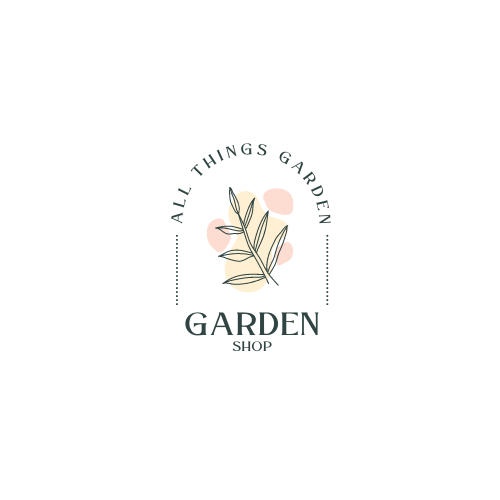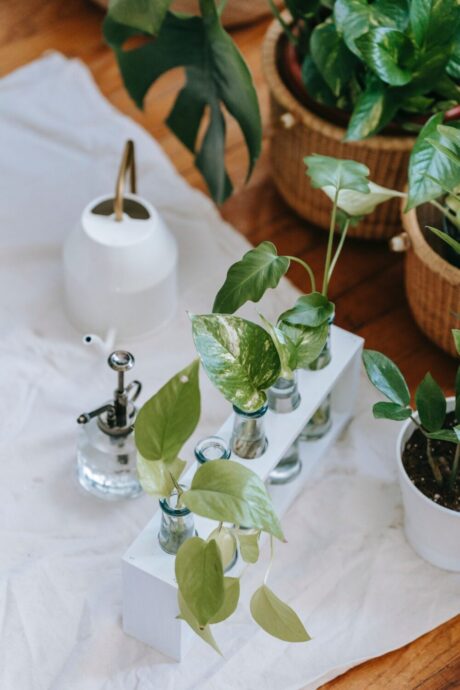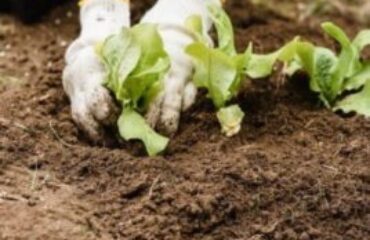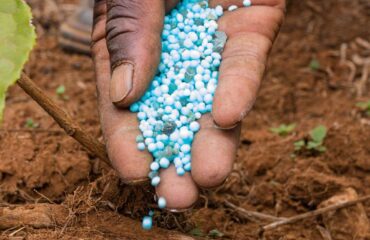How do you garden indoors in a house or apartment?
Indoor gardening allows you to grow a variety of plants inside your home, regardless of the outdoor climate or available outdoor space. Here are the basic steps to start indoor gardening in your house:
1. Choose the Right Plants: Select plants that are well-suited for indoor conditions. Common indoor plants include herbs, succulents, air plants, and certain houseplants like pothos, snake plants, and peace lilies. Consider the lighting and temperature conditions in your home when choosing plants.
2. Find Suitable Containers: Choose appropriate containers or pots for your plants. Ensure that the containers have drainage holes to prevent overwatering. Container size should be proportional to the size of the plant.
3. Provide Adequate Lighting: Most indoor plants require good lighting to thrive. Place your plants near windows with bright, indirect light. South-facing windows typically provide the best light, but east and west-facing windows can also work. You can also use artificial grow lights if natural light is limited.
4. Maintain Proper Temperature and Humidity: Indoor plants have temperature and humidity preferences, so try to replicate their ideal conditions. Keep your home within the recommended temperature range for your chosen plants. You can use humidifiers or misting to increase humidity if necessary.
5. Water Carefully: Overwatering is a common issue with indoor plants. Water your plants when the top inch or so of soil feels dry to the touch. Use a saucer to catch excess water and prevent it from sitting in the pot, which can lead to root rot.
6. Fertilize as Needed: Indoor plants may require occasional fertilization. Use a balanced, water-soluble fertilizer, and follow the recommended feeding schedule for your specific plants.
7. Prune and Maintain: Pruning and grooming your indoor plants can help them stay healthy and attractive. Remove dead or yellowing leaves and pinch back leggy growth to encourage bushiness.
8. Pest Control: Keep an eye out for common indoor plant pests like spider mites, aphids, and mealybugs. If you notice any infestations, address them promptly with natural or chemical solutions.
9. Repot as Needed: As your plants grow, they may outgrow their containers. Repot them into slightly larger pots when they become root-bound or show signs of reduced growth.
10. Rotate Plants: – Rotate your indoor plants every few weeks to ensure even exposure to light. This helps prevent lopsided growth.
11. Be Patient and Observant: – Indoor gardening may take some trial and error. Pay attention to your plants’ needs and adjust your care routine as necessary. Remember that not all plants will thrive indoors, so be prepared to adapt and experiment.
12. Consider Hydroponics or Aquaponics: –
For more advanced indoor gardening, you can explore hydroponic or aquaponic systems, which allow you to grow plants without soil, using nutrient-rich water. Indoor gardening can be a fulfilling and rewarding hobby, bringing the beauty of nature into your home. It’s essential to research the specific requirements of the plants you choose and tailor your care routine accordingly. With proper attention and care, you can successfully cultivate a thriving indoor garden.



